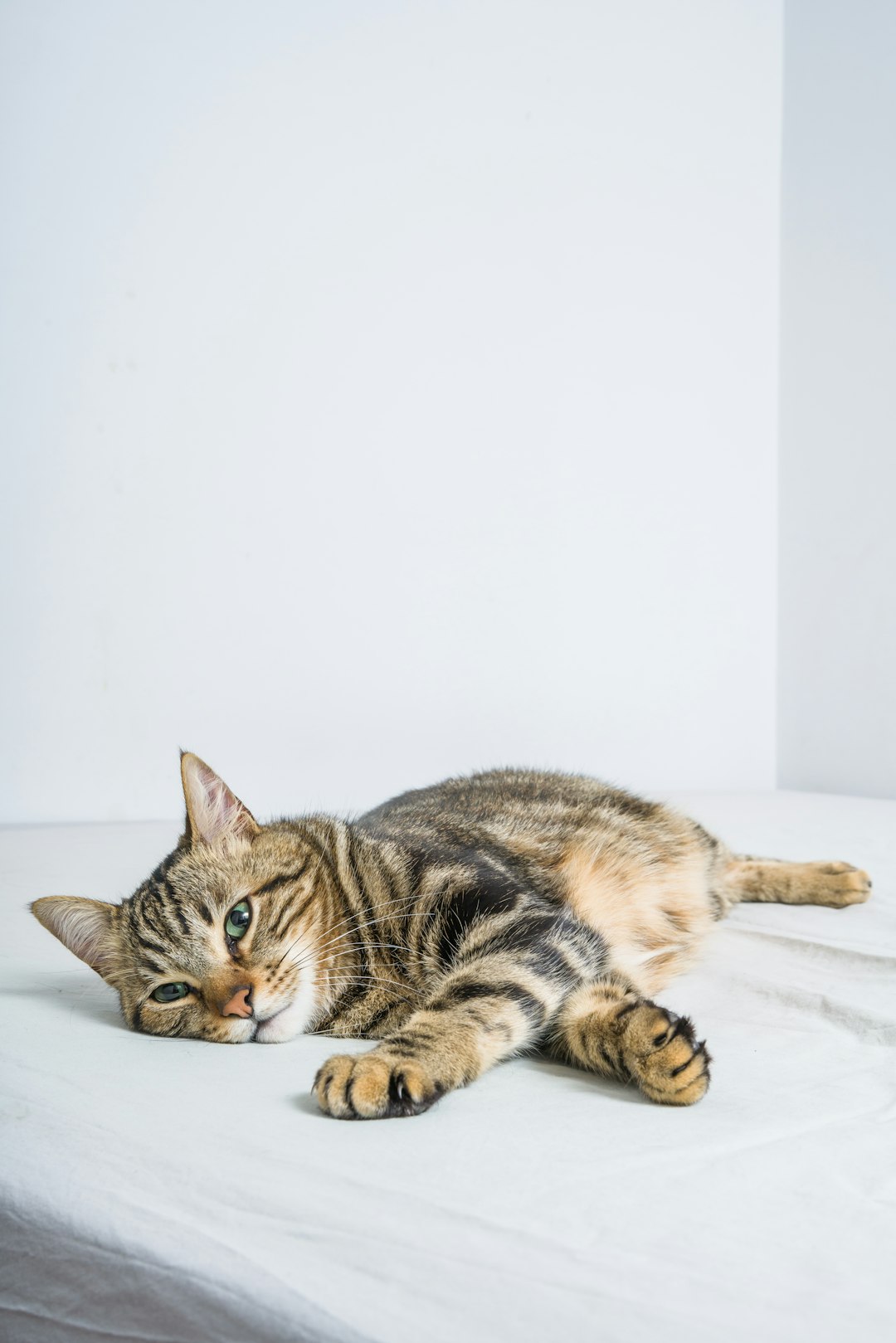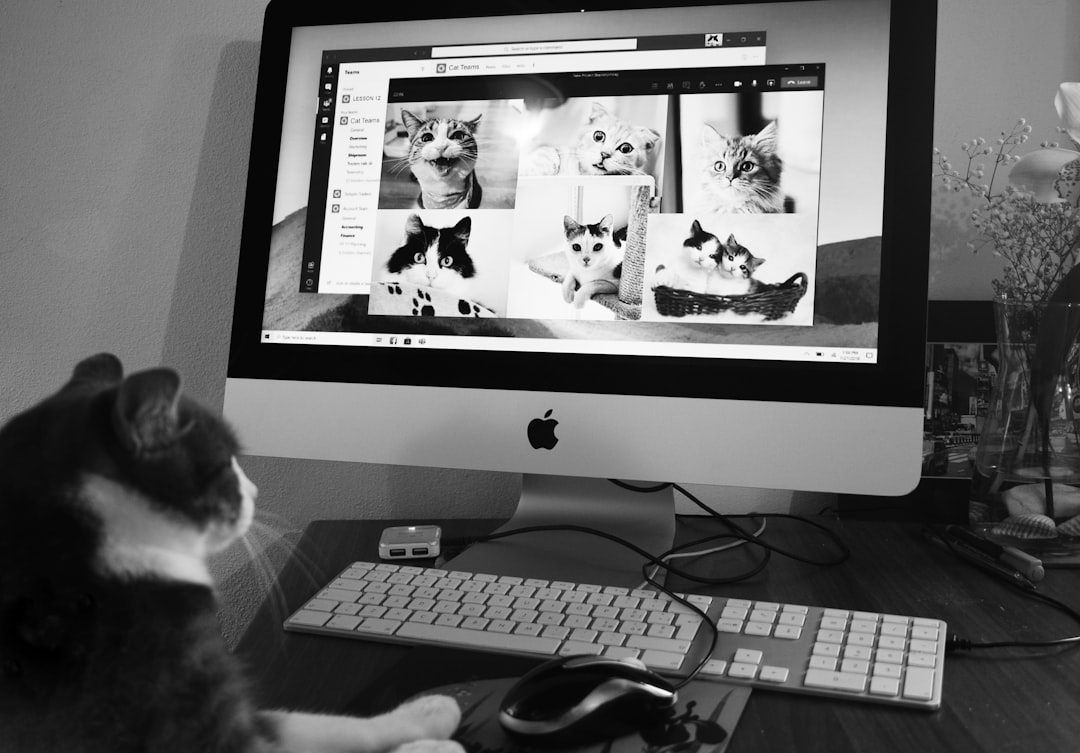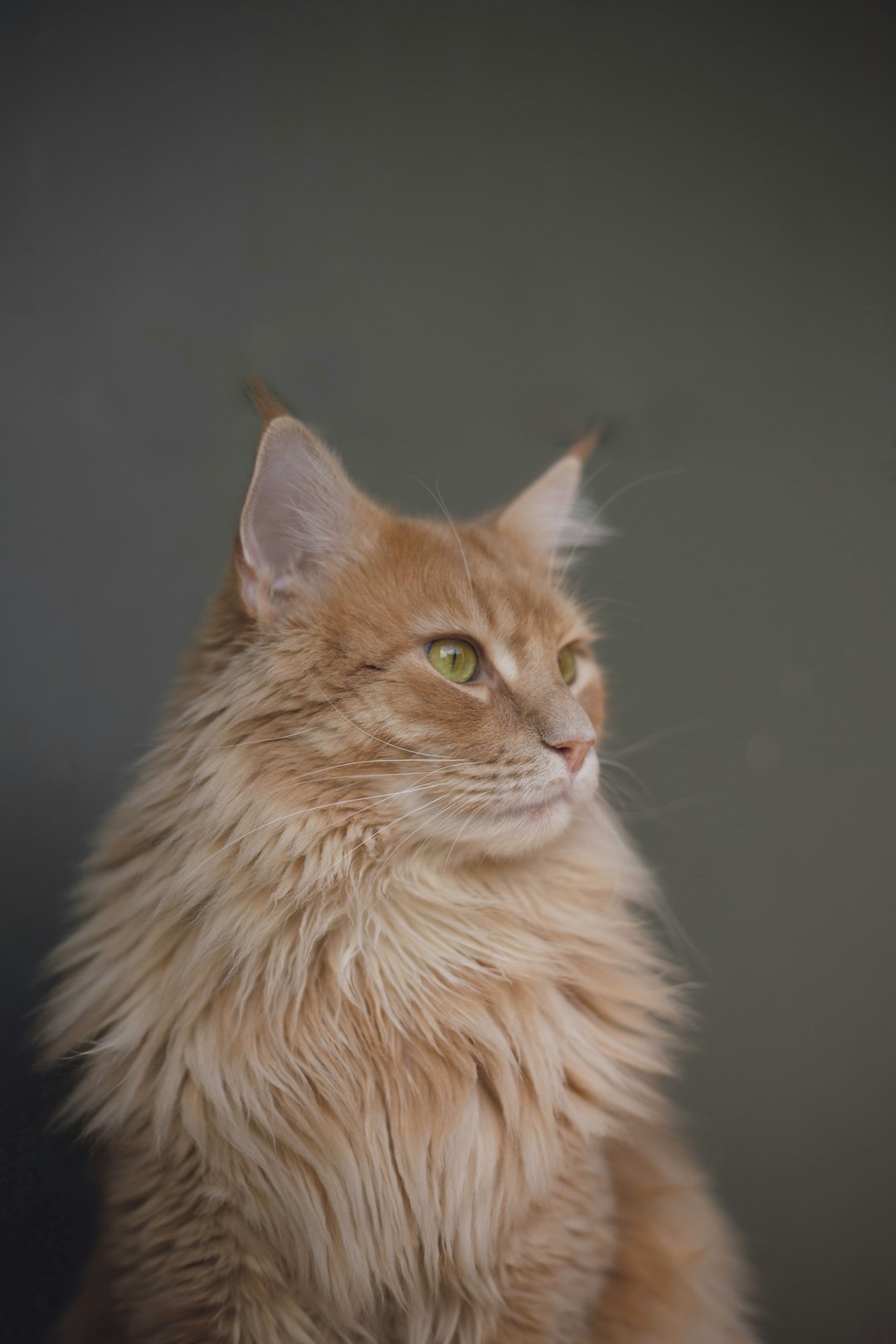Tabby kittens are not only adorable but also possess distinct traits that make them a beloved choice for pet owners. With their unique markings and playful personalities, they bring joy to any household. Understanding the various tabby patterns and the importance of early socialization is crucial for their development. Additionally, knowing how to care for these kittens, including feeding, health care, and grooming, ensures they grow into healthy, happy cats. Get ready to dive into the essential tips and insights that will help you in raising your own tabby kittens!
Understanding Tabby Kittens’ Unique Traits
Tabby kittens are among the most beloved feline companions, known for their charming personalities and distinct markings. Understanding their unique traits can greatly enhance your experience as a cat owner. Here are some key characteristics of tabby kittens:
- Variety of Patterns: Tabby kittens come in four primary patterns: mackerel, classic, spotted, and ticked. Each pattern showcases unique line and color configurations.
- Super Friendly Nature: Typically, tabby kittens exhibit friendly and sociable behavior, making them excellent family pets. They often form strong bonds with their humans.
- Playful Spirits: High energy levels define tabby kittens. They love to explore, climb, and play, which promotes both physical and mental stimulation.
- Intelligence: Their keen awareness and intelligence make them easy to train. Use positive reinforcement to teach tricks or set boundaries.
In summary, tabby kittens are not just visually appealing with their stunning patterns, but they also bring joy through their affectionate and playful nature. Understanding these traits is essential for providing loving care.
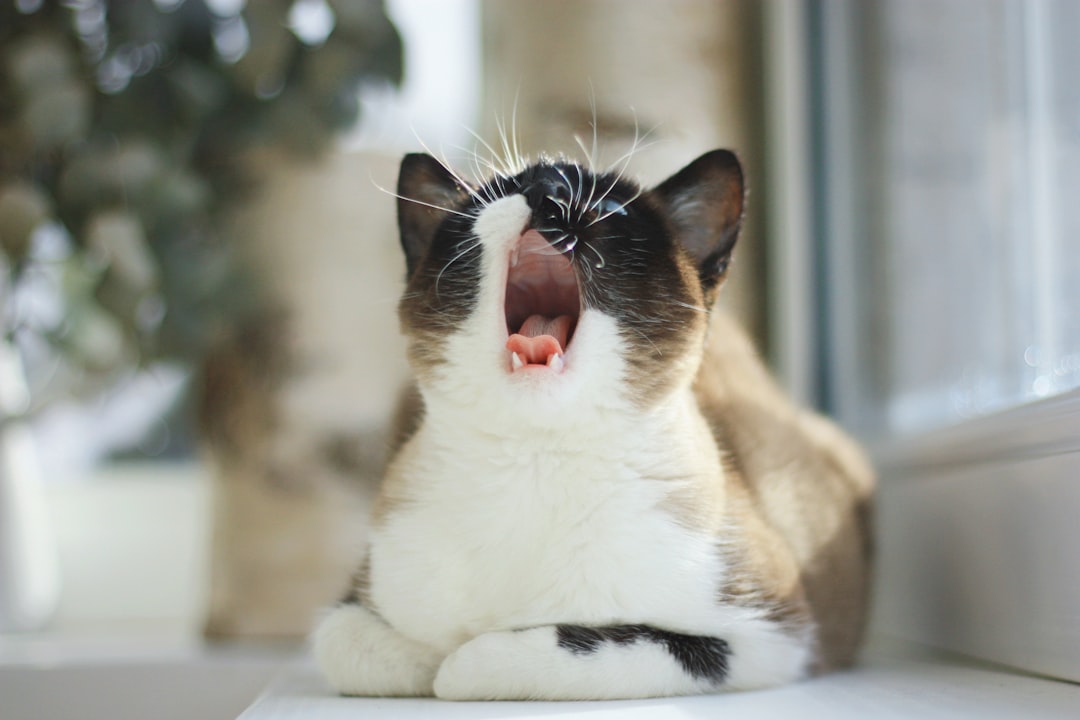
Recognizing Different Tabby Patterns
Tabby kittens exhibit a variety of distinct patterns that make them unique and charming. Understanding these patterns can enhance your appreciation for your tabby kitten and guide you in caring for them. Here are the four primary types of tabby patterns:
Classic Tabby: This pattern displays a swirling pattern on the sides, resembling a marble cake. Classic tabby kittens have bold, dark stripes and a distinctive "M" shape on their forehead.
Mackerel Tabby: Characterized by narrow, parallel stripes running down the sides, mackerel tabby kittens look similar to a fishbone pattern. These stripes usually stretch from the back to the belly.
Spotted Tabby: This pattern features spots that break up the stripes, creating a more irregular appearance. Spotted tabby kittens offer a lively look, with their spots varying in size and shape.
Ticked Tabby: Ticked tabby kittens have a unique appearance, with each hair having multiple bands of color. This gives them a more agouti effect, making them appear less striped and more evenly colored.
Recognizing these patterns not only highlights the beauty of tabby kittens but also helps in identifying their genetic backgrounds.
The Importance of Early Socialization
Socializing your tabby kittens is crucial for their development. Early experiences shape their behavior and temperament, leading to healthier, more well-adjusted adult cats. Here are key reasons why socialization matters:
Behavioral Development: Exposing tabby kittens to various environments, people, and other pets fosters confidence. This reduces the likelihood of fear or aggression later in life.
Building Trust: Positive interactions help establish trust between you and your tabby kittens, ensuring a strong bond. This relationship is vital for a happy and healthy life together.
Reduced Stress: Socialized kittens adapt better to new experiences, reducing stress in their daily lives. A well-socialized cat is less prone to anxiety and can handle changes more effectively.
Tips for Socialization:
- Start Early: Begin socializing your tabby kittens as young as four to eight weeks.
- Introduce Gradually: Allow exposure to different sounds, sights, and people at a comfortable pace.
- Positive Reinforcement: Use treats and praise to encourage confidence during new experiences.
By prioritizing early socialization, you set the foundation for a well-rounded and happy adult cat.
Feeding Guide for Tabby Kittens
Feeding your tabby kittens a balanced diet is crucial for their growth and overall health. Here are some key points to consider:
Nutritional Needs: Tabby kittens require high-quality proteins, fats, and essential vitamins to support their developing bodies. Look for kitten food that lists meat as the first ingredient.
Feeding Schedule:
- Up to 4 Months: Feed 4 meals a day.
- 4 to 6 Months: Transition to 3 meals a day.
- 6 Months and Older: 2 meals a day is sufficient.
Wet vs. Dry Food:
- Wet Food: Provides hydration and has higher protein content. It’s beneficial for small kittens.
- Dry Food: Good for dental health and convenience.
| Food Type | Pros | Cons |
|---|---|---|
| Wet Food | Hydrating, palatable | Prone to spoilage |
| Dry Food | Long shelf life, dental aid | Less moisture, lower palatability |
- Water Intake: Always ensure fresh water is available, as hydration is essential for tabby kittens.
By following these guidelines, you can help your tabby kittens flourish into strong and healthy cats.
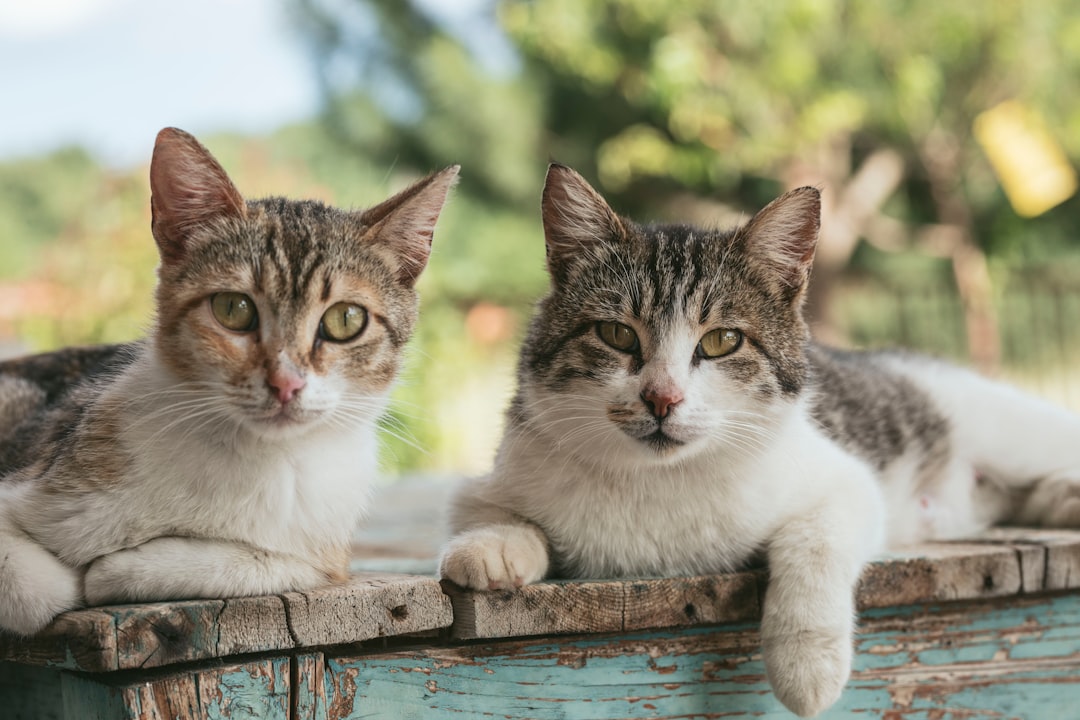
Essential Health Care Tips
Caring for tabby kittens includes ensuring their optimal health. To keep your furry friend happy and thriving, consider these essential health care tips:
Regular Vet Check-ups: Schedule veterinary appointments for vaccinations, deworming, and general health assessments.
Balanced Diet: Feed your tabby kittens a high-quality kitten food rich in protein and essential nutrients. Look for options that list meat as the first ingredient.
Hydration: Ensure your kitten has access to fresh water at all times. Dehydration can lead to serious health issues.
Dental Care: Introduce dental hygiene early by brushing their teeth and offering dental treats designed for kittens.
Parasite Prevention: Use flea and tick prevention as advised by your veterinarian to protect your tabby kittens from infestations.
Spaying/Neutering: Consider spaying or neutering your tabby kittens when they reach the appropriate age to prevent unwanted litters and reduce health risks.
By following these health care tips, you can help ensure your tabby kittens grow into happy, healthy cats!
Grooming Best Practices
Grooming your tabby kittens is essential for their health and well-being. Regular grooming helps to keep their coat clean and free from mats, while also promoting bonding. Here are some best practices to follow:
Brush Regularly: Use a soft-bristle brush or a grooming glove. For short-haired tabby kittens, brushing once a week is sufficient, whereas long-haired kittens may need daily brushing.
Bathing: Occasionally, a bath can help remove dirt and excess oils. Use a mild kitten shampoo. Always ensure you rinse thoroughly to avoid skin irritation.
Nail Trimming: Keep your tabby kittens’ claws in check by trimming them every 2-3 weeks. Use cat-specific clippers and be cautious of the quick, which is the pink area within the claw.
Ear Cleaning: Check their ears weekly for dirt or wax buildup. Use a cotton ball and a vet-approved ear cleaner to gently wipe the outer part of the ear.
Dental Care: Start brushing your tabby kittens’ teeth early. Use toothpaste designed for cats and a soft toothbrush to prevent dental issues.
Following these grooming best practices ensures your tabby kittens thrive and remain happy!
Creating a Safe Environment
Creating a safe environment for tabby kittens is essential for their health and well-being. Here are key steps to ensure your home is a haven for these playful pets:
Kitten-Proof Your Home:
- Secure loose wires and cables to prevent chewing.
- Remove small objects that could pose a choking hazard.
Hide Toxic Plants:
- Keep plants like lilies, philodendrons, and poinsettias out of reach, as they can be harmful.
Designate Safe Spaces:
- Create cozy areas with soft blankets and toys where your tabby kittens can retreat and feel secure.
Provide Climbing Opportunities:
- Invest in cat trees or shelves, as tabby kittens love to explore vertical spaces.
Limit Access to Hazardous Areas:
- Use baby gates to restrict access to stairs and kitchens where they might encounter danger.
By paying close attention to your environment, you can ensure your tabby kittens grow up in a safe and stimulating space, allowing them to thrive and express their natural curiosity.
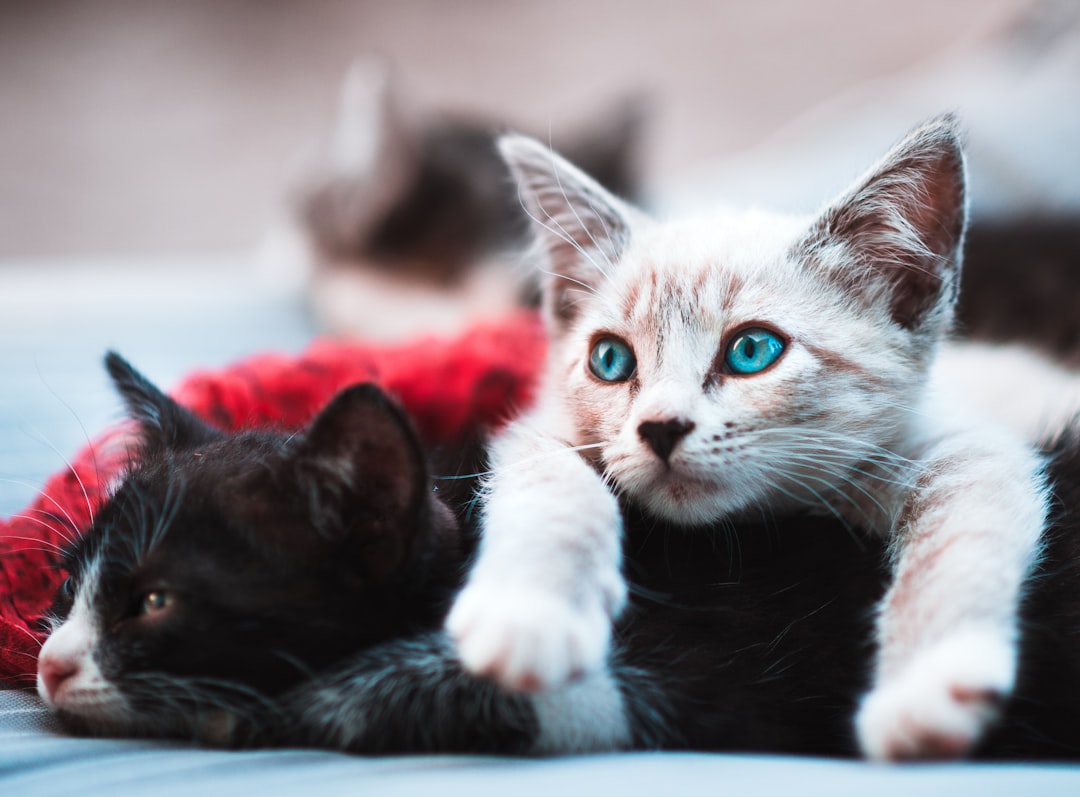
Fun Activities to Engage Your Tabby Kitten
Engaging your tabby kittens in playtime not only fosters a strong bond but also contributes to their overall health and happiness. Here are some enjoyable activities for you and your furry friend:
Interactive Toys: Use feather wands, laser pointers, or toy mice to stimulate their natural hunting instincts.
Puzzle Feeders: These help your tabby kitten develop problem-solving skills while enjoying their meals.
Hide and Seek: Hide treats around the house for them to find. It encourages exploration and reinforces their natural curiosity.
Cat Trees and Scratching Posts: Provide these to encourage climbing and scratching behaviors, which are crucial for their physical fitness.
Training Sessions: Teach your tabby kitten simple commands using positive reinforcement. It’s fun and mentally stimulating for them.
Benefits of Engaging Activities:
| Activity Type | Physical Exercise | Mental Stimulation | Bonding Time |
|---|---|---|---|
| Interactive Toys | High | Medium | High |
| Puzzle Feeders | Low | High | Medium |
| Hide and Seek | Medium | Medium | High |
| Cat Trees & Scratching | High | Low | Medium |
| Training Sessions | Medium | High | High |
Incorporating these activities into your routine will keep your tabby kittens happy, healthy, and well-adjusted!
Frequently Asked Questions
What are the common traits of Tabby kittens?
Tabby kittens are known for their distinctive coat patterns, which can include stripes, swirls, or spots, along with a rich array of colors like orange, brown, and gray. They often have distinctive ‘M’ shaped markings on their foreheads and strong, expressive eyes that convey their playful nature. Tabby kittens are typically friendly, social, and curious, known for their playful antics and affectionate behavior towards their owners and other pets.
How should I care for my Tabby kitten?
Caring for a Tabby kitten involves several important aspects: ensure a balanced diet comprised of high-quality kitten food that supports their growth and energy levels. Regular vet check-ups and vaccinations are essential for their health. Additionally, provide plenty of playtime with interactive toys, along with scratching posts to fulfill their natural instincts. Proper grooming is also necessary, especially for long-haired varieties, to prevent matting and reduce shedding.
Are Tabby cats hypoallergenic?
No, Tabby cats are not hypoallergenic. The term ‘hypoallergenic’ refers to breeds that produce fewer allergens than others, and since the tabby pattern can appear on any breed of cat, there are no specific tabby breeds that are categorized as hypoallergenic. Allergies to cats are typically due to proteins found in cat saliva, skin, and urine, so if you have allergies, it’s essential to spend time with a tabby cat before bringing one into your home.
What are some common health issues in Tabby kittens?
Like many cat breeds, Tabby kittens can be prone to certain health issues. These may include obesity, dental disease, and genetic conditions depending on their specific breed background. Regular vet check-ups are crucial to monitor their health and catch any potential issues early. Additionally, providing a balanced diet, regular exercise, and maintaining a healthy weight can help prevent many of these common health concerns.

